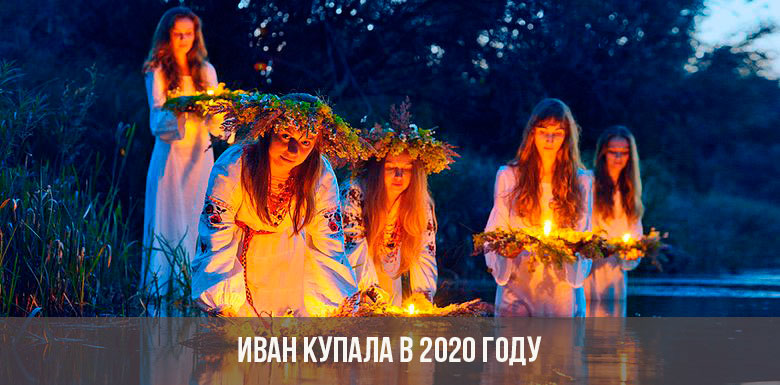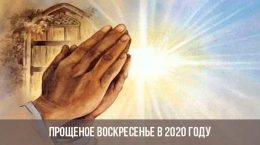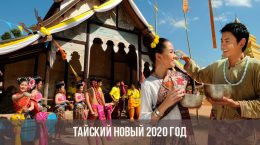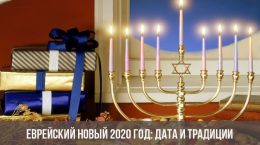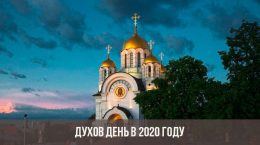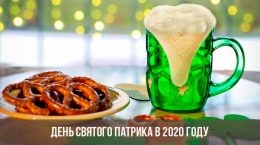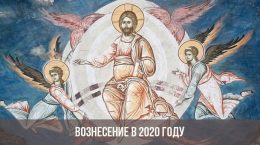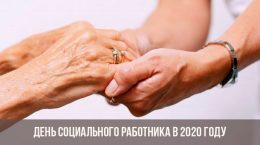According to established tradition, the holiday of Ivan Kupala in 2020 will fall on the summer solstice. This day in West European mythology was considered special, beneficial, giving success and prosperity to those who met and followed it correctly. In Russia, the holiday was expected with special impatience, because it symbolized vitality, and was celebrated with folk festivals and round dances until dawn.
The exact date of the holiday in 2020
According to the old calendar, the holiday was celebrated on June 24, and according to the new style, the date of the day of Ivan Kupala falls annually on July 7. All ceremonial events, according to the traditional interpretation, should be performed at night from July 6 to July 7. These watches are considered to be filled with the magic of healing, renewal, love. Wedding unions appointed for Midsummer Day were considered especially strong.
It is also important for Orthodox people to know when Ivan Kupala will be in 2020, because this day according to the church calendar coincides with the Nativity of John the Baptist. The New Testament speaks of him as a relative of Christ, who led an ascetic life, preached repentance and testified to the imminent coming of the Savior.
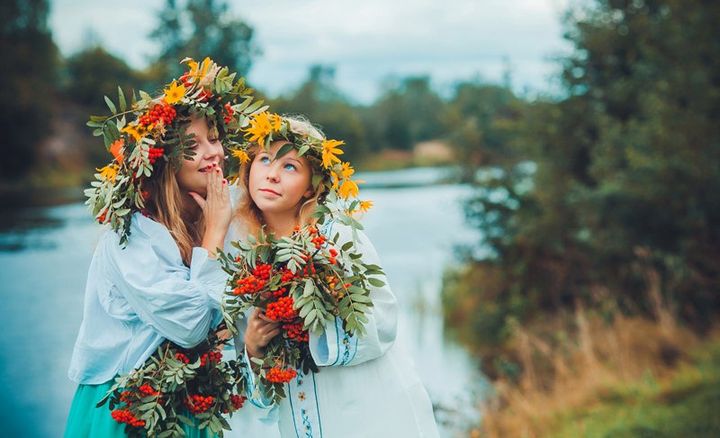
history of the holiday
In pre-Christian Russia, the holiday was a sign of worship of the Slavic deity Yaril, which symbolized the beginning of life. He was revered as the patron saint of love, flowering, purity. The holiday was called not only Kupala Day, but also Yarilin Day, Kokuy, Ivan the herbalist. All solemn events were dedicated exclusively to the ancient god Yaril-Sun.
Kupalov day was considered the most important of all summer holidays, so it was celebrated on a large scale. Slavic tribes prepared for it in advance, carefully, without stinginess. All tribes celebrated it, regardless of place of residence. Christianity, as a religion, is completely intolerant of paganism. With the baptism of Rus, old ideas about deities were eradicated. Those events that have had special significance for centuries in the cultures of the local population have been remade in a Christian way. So, the day of Ivan Kupala, which coincided with the birthday of John the Baptist, turned into a church holiday.
Today it is customary to celebrate the birth of the Forerunner of Christ by attending morning service in local churches. Night festivities, fortune-telling, rites of initiation, humorous games have ceased to be part of modern culture. It is believed that the water on Kupala Day has the same strength as in the Baptism of Christ. For believers, morning ablutions in rivers and ponds are useful. Orthodox believers celebrate the holiday in the morning: attend church, take baths at consecrated springs. It is customary to harvest water for the future in order to wash it during ailments.

Slavic traditions
It was on the night of Kupala that the ancient Slavs had the most important “bride of the bride”: during festivities, couples were chosen, which were most often determined by fortune-telling on “narrowed” or “narrowed”. If the lot of the boy and the girl coincided, it was believed that the god Yarilo himself would bestow love and fertility on this union. Such marriages were perceived as knowingly successful, therefore they were perceived with great enthusiasm. The performance of marriage ceremonies is one of the most important events in the life of every village or village. The girls prepared for the upcoming holiday with hope, weaved wreaths as a sign of innocence and purity, exchanged them with those who were dear to the heart. Selected couples jumped holding hands over the fire, which meant cleansing the fire of old life, as well as eternal unity and passion.
Pagan rites adopted on Kupala Day:
- Mass swimming in the rivers. The people believed that evil spirits (aquatic, mermaids) came out of the water for a holiday. Ablutions were considered useful, invigorating, safe until Ilya’s day.
- Northern tribes of the Slavs drowned the bath. They took a steam bath with their whole families, drank special herbal teas that add strength and health.
- On the banks of the rivers lit large bonfires. While the flame was burning, wreaths of flowers were lowered into the water: if the wreath was floating with the flow, and did not sink, they expected happiness and love.
- The tree was decorated with wreaths, and then round dances were led around it. Sometimes, instead of a tree, the cut-off top of the apple tree (cupula) was used, which was taken out of the village and decorated with flowers. While the girls were dancing, the young men tried to steal the cupola - this was one of the most fun night parties, in which only young people free from family ties participated.
- Cleansing bonfires were an indispensable symbol of Kupala night. For them, on the outskirts of the villages, a huge pyramid of branches, logs, and brushwood was collected ahead of time. The center of the “structure” was a wooden pole with a tar barrel. The flame of such a fire was important to maintain until sunrise.
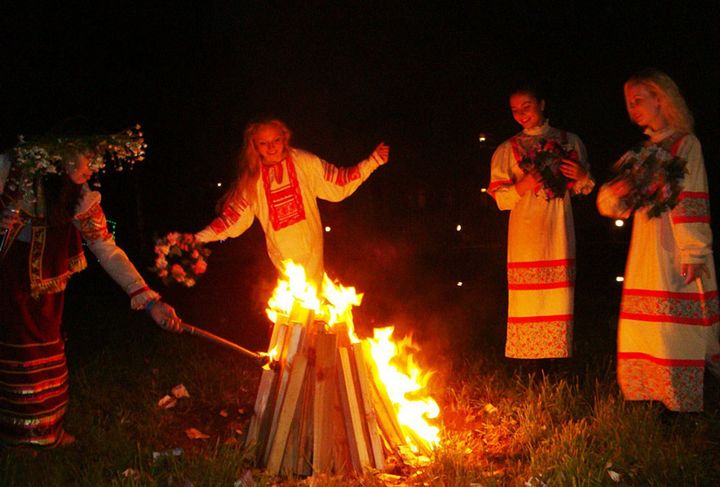
They searched for a blooming fern at night, people believed that whoever finds it will be especially lucky the whole next year. In the early morning, men, women and children lay in the dew. This ritual bathing completed the night ceremonies. A beautiful, significant, vibrant holiday brought people together, instilled hope for a good harvest, prosperity. It ended with weddings. It was customary to invite guests from neighboring villages, to go for walks to other villages.
Read also:

